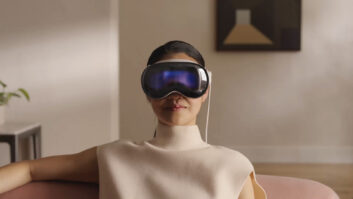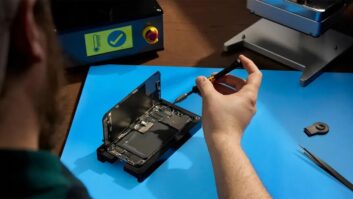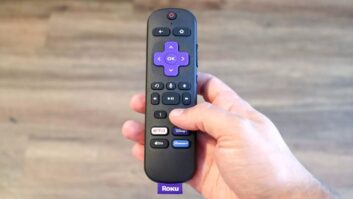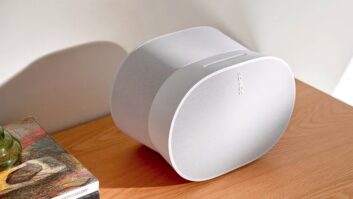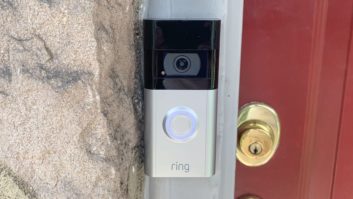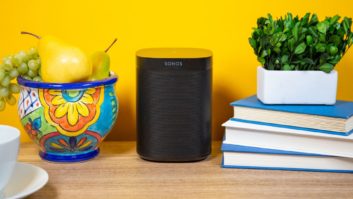International CES confirmed it. The HTiB (home-theater-in-a-box) system is going the way of home-audio rack systems and iPod/iPhone-docking speakers. They’re almost extinct.
Sales are way, way off, and suppliers are scaling back their HTiB selections to concentrate on growing demand for soundbars. Suppliers are limiting their HTiB selections to systems at prices of $599 and less. As a result, available HTiBs are offering fewer features and less performance than before while soundbars are expanding their feature set and delivering higher performance than before. Samsung, for instance, will top out its 2015 HTiB line at $599, and Panasonic’s web site shows models that top out at $349.
At CES, Samsung scaled back its HTiB selection to three from five with the launch of two new models and a planned carryover, but the company expanded its soundbar selection to 10 SKUs from seven with carryovers. LG expanded its soundbar selection to six from four and its under-TV Sound Plate speaker selection to three from two, but LG’s HTiB selection went to three from four with the launch of two new models joining a carryover.
HTiBs consist of models with integrated Blu-ray players but also include receiver/speaker packages without bundled Blu-ray player. Sales of these systems peaked in 2003 at a factory-level $961 million, CEA statistics show, but in 2014 sales fell to about 20 percent of their peak level. Sales have fallen rapidly in the past couple of years.
Market maturity played a role in the decline, given that the household penetration of surround-sound systems of any type grew to 41 percent of all U.S. households by January 2014, CEA statistics show. Practical objections by consumers, however, have also played a role in the slowdown. Many rooms simply aren’t laid out to accommodate multiple speakers in the locations that deliver optimum surround sound. Many consumers also don’t want to clutter up a room with five or more speakers, or they find it impractical to run speaker cables around a room to surround speakers. Wireless surround speakers haven’t seemed to help much.
HTiBs were originally hailed as expanding the appeal of surround-sound systems to more consumers because of a simplified purchasing decision. You had to buy only one system with pre-matched components instead of separately buying and matching an A/V receiver with 5.1 speakers and a DVD or Blu-ray player. But I guess setup and speaker placement were never as simple as the purchasing decision.
Growing consumer preference for on-demand streaming of cloud-based video through smart TVs, tiny streaming-media adapters, and cable MSO set-top boxes might also undercut the need for a Blu-ray-equipped HTiB system.
Which brings us to soundbars, whose sales have grown faster than any other major home audio category in recent years. Sales of source-switching soundbars are soaring so much that they’re cutting not only into HTiB sales but also into sales of entry-level A/V receivers and compact 5.1-speaker packages, suppliers say. Many deliver a reasonable facsimile of surround sound through surround-virtualization technologies, though only a handful of models come close to delivering a true discrete multispeaker experience – and even then the room environment and speaker positioning have to be just right.
Even if consumers would prefer a discrete multispeaker experience, the cosmetic appeal and simplicity of soundbars seems strong enough to lure many consumers away from an HTiB purchase.
What’s your opinion?




